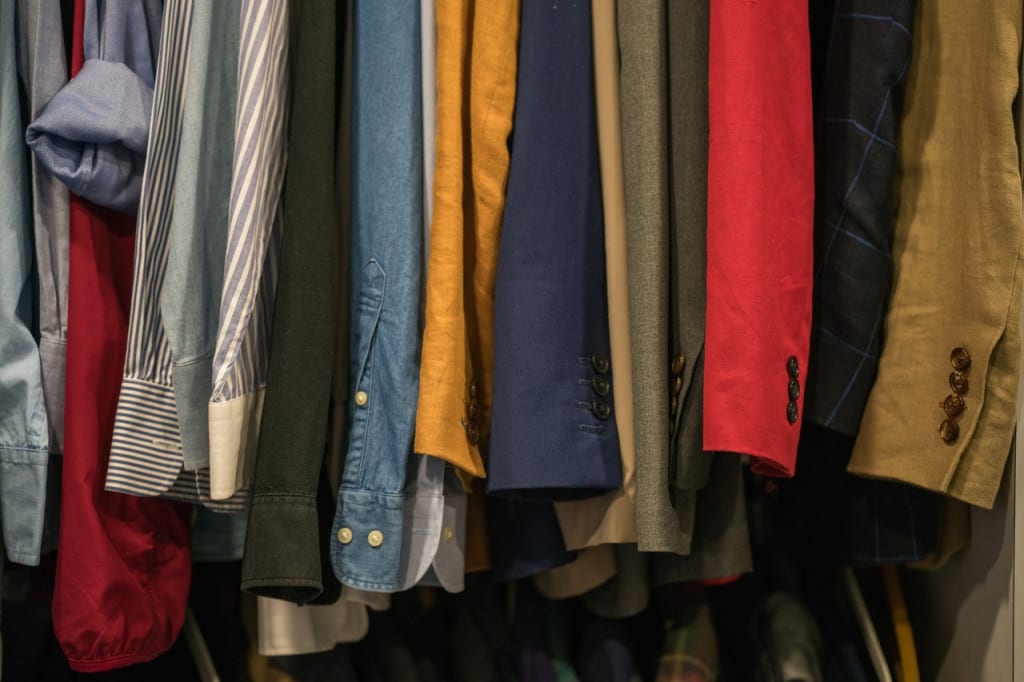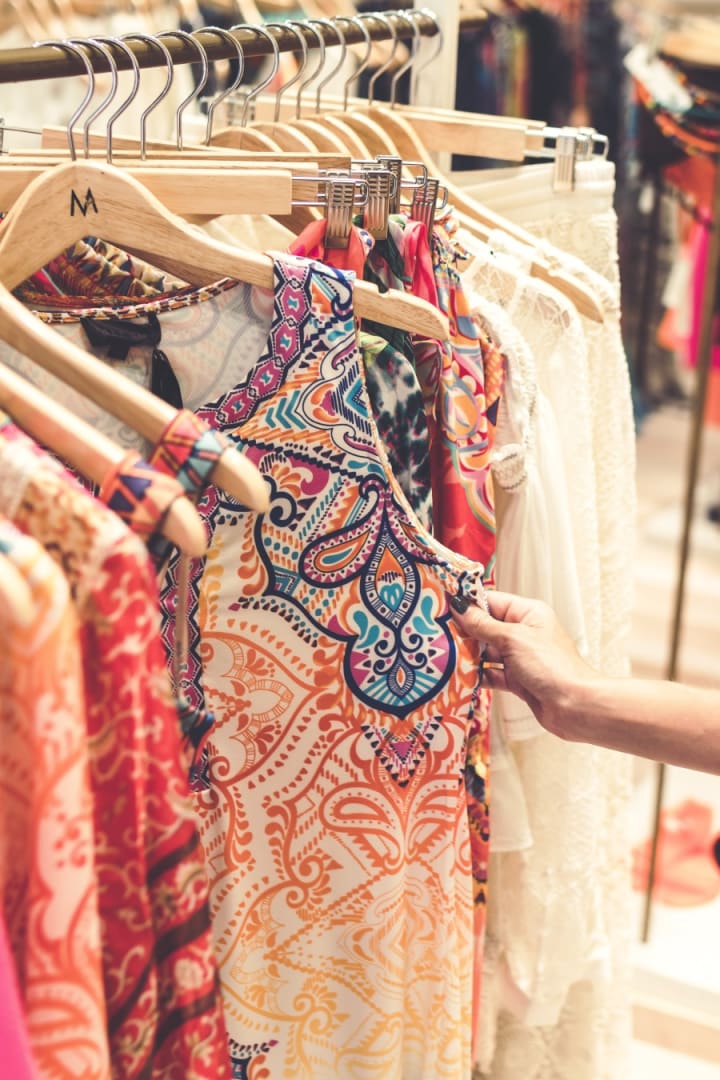How to Avoid Fast Fashion
Some tips to avoid supporting a harmful business practice

Today, the fashion world is overwhelmed with fast fashion options. Fashion retailers, like H&M, Urban Outfitters, Zara, and GAP all follow the “fast fashion” model—that is, a business model in which these stores push out the latest trends as quickly as possible, sacrificing both quality for consumers and fair wages for workers.
They exploit unskilled workers in poor countries, sewing clothes for pennies in extremely unsafe living conditions. The 2015 sweatshop fire in Bangladesh only exemplifies the horrid conditions that people must toil in. The environmental impact of the hundreds of clothes that they churn out before discarding (often slashing and burning unsold inventory to prevent anyone from wearing it) also can’t be ignored.
These fashion giants often dominate the wardrobes of the average shopper. But they don’t have to. Here are some tips to avoid supporting these horrible business practices:
1. Think About the True Cost
Sure, while there’s a certain thrill to finding a great shirt for only $7, you have to ask yourself how it is possible that they can sell it for such a low price. Retailers are hardly about to take a loss on an item, so there has to be some profit. How can the raw resources be procured, processed to fabric, sewn into a shirt, and then sold for a profit at $7? Usually, that requires paying slave wages to the people processing and sewing the fabric, and cutting corners at every turn. If you order online, you’ll likely find that the shirt isn’t quite what it seemed on the model, and sometimes can even be shoddily cut and sewn.
While more sustainable, indie fashion companies often charge a much higher cost for a simple garment, you can rest assured that the people making it were compensated fairly, and that the piece in question is likely made from higher quality materials and is built to last.
That being said, price is not always a giveaway. Some fast fashion companies, such as Zara, often set high prices for their wares, but still use sweatshops to make their clothing. The company simply enjoys a larger profit margin for the name recognition and luxury branding.
2. Avoid Buying New Altogether

From an environmental perspective, the best course of action is to buy second-hand. Shopping around thrift stores and specialty vintage shops can be a great way to prevent perfectly good clothing from going to the dump while not supporting exploitation abroad. Plus, going to thrift stores can be a great way to get an affordable outfit.
3. Grab the Essentials
Most of fast fashion is wasteful because it’s trendy. That blouse with frills and straps and cutouts everywhere might look great today, but in just a few years it’ll likely seem ridiculous and stay at the back of your closet before making its way to a thrift shop or textile recycling company.
Filling your closet with classic garments that never go out of style, you’ll do the world and your wallet good by keeping you from constantly needing to freshen up your wardrobe with the new fashions.
Typical “slow fashion” companies often sell classic styles in solid colors that will look good in any season, in any year.
4. Seek Transparency
Look for clothing companies that are upfront about their labor practices and mission statements. Oftentimes, clothing lines that reject fast fashion will have web pages dedicated to their mission to create sustainable, ethical clothing, and occasionally will even let you “meet the team” that creates your clothes. Clothing stores that never discuss how their garments are made likely aren’t invested in making ethical clothing, and likely use the services of various sweatshops in third-world countries.
5. Learn to Sew

While this is the most time—and labor-intensive method, a good way to avoid fast fashion is to learn how to mend and create your own clothing. For instance, you can mend jeans that have ripped in the inner thigh with just a patch of fabric and some sewing thread. If you’re good, you can find some unloved thrift store item and give it a whole new life with some precise needlework.
While fast fashion is certainly still the “vogue” business model for fashion giants, the seedy and unsustainable business practices make it very difficult to willingly support. However, keeping these tips in mind the next time you’re looking for a new addition to your wardrobe might help mitigate your role in supporting these companies.
About the Creator
Haley Booker-Lauridson
Haley is a passionate freelance writer who enjoys exploring a multitude of topics, from culture to education.






Comments
There are no comments for this story
Be the first to respond and start the conversation.